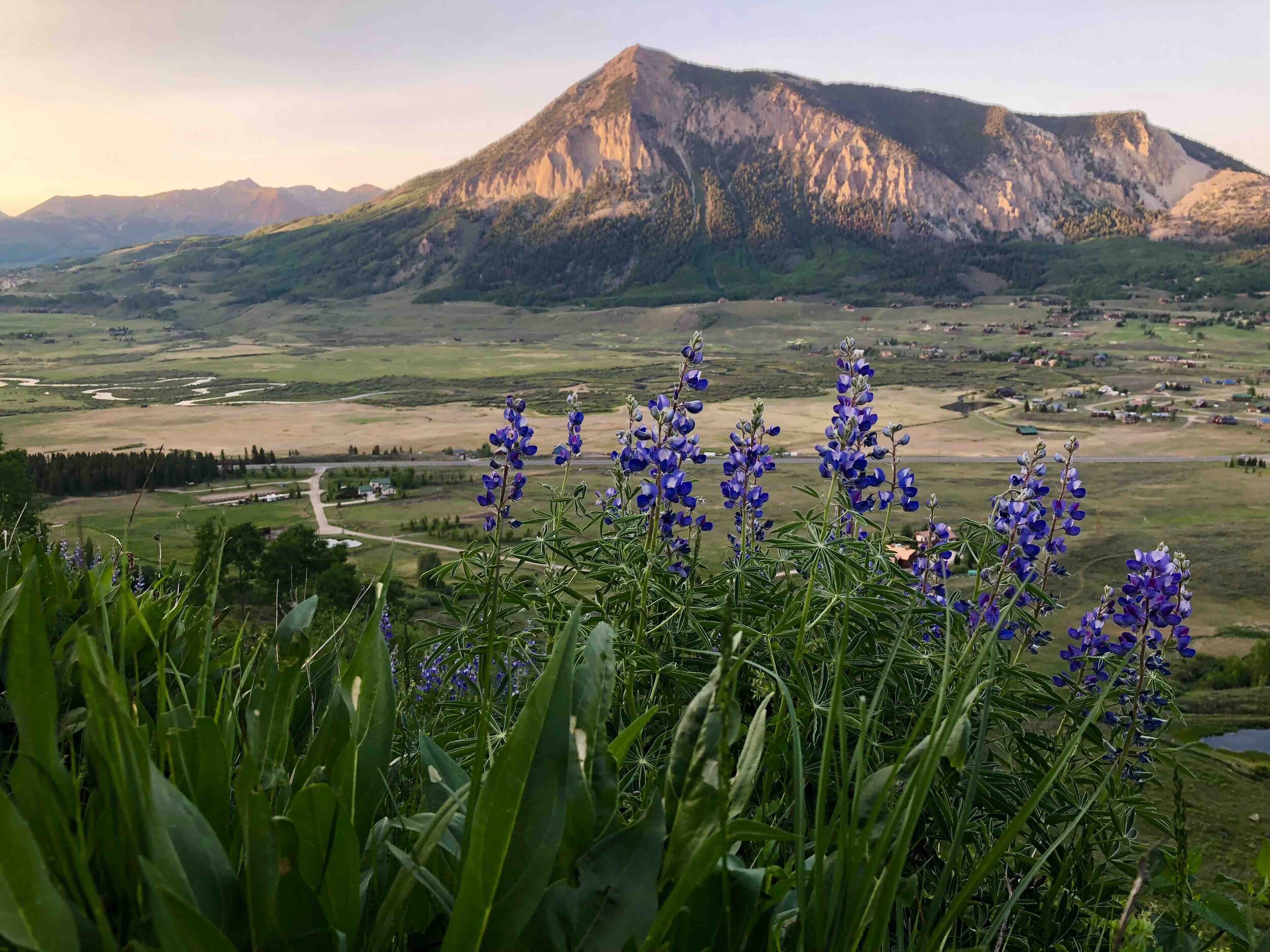4 of the Biggest Rum Myths
After almost thirteen years of handmaking rum in the Colorado Rockies, we’ve learned that a few myths persist about the spirit. From aging to additives, here we set the record straight:
RUMyth #1: White rums aren’t aged.
While it is rare, white rums can be aged—like our Platino! Ours ages in an American white oak barrel for a minimum of one year, which lends itself to the unique flavor profile. (Think notes of biscotti, cream soda, cardamom, coffee, vanilla and pepper.) Many guests ask to taste our aged rums and are surprised when we present the clear Platino for them to try. After aging, we filter the Platino through coconut husk carbon to remove any color and return it to clear.
One thing to watch for when it comes to clear rums: some claim to be aged but are only rested in stainless steel vats. That may “marry” the spirit but doesn’t impart what most of us associate with age—oak, char, vanillin and sucrose.
Montanya Platino is the first rum we pour during a Montanya tasting. 100% of the liquid in each bottle is aged over one year.
RUMyth #2: Darker rums have aged longer.
Many people also believe that the darker a rum looks, the longer it has aged. In fact, a barrel can only lend so much color to a rum. Some distilleries use caramel-derived additives to their rums to give them a darker hue. Rums that are very dark in color are the most likely to have additive color. Also interesting to note, more color often means more sweetness too, depending on the type of coloring used. If you taste sweetness on the front pallet (just as the rum enters your mouth), this is likely to be an additive.
For Montanya’s Platino, Oro, and Exclusiva, we had a tiny touch of caramelized honey (.0036% of any bottle or less) from bees near our distillery in Colorado. We partner with regional beekeepers from Honeyville. This addition has a low glycemic index, and is not added for color or sweetness but for its acidity which helps to enhance the Mediterranean flavors of our unique rums. (If you want to learn more about acidity in honey, consider watching the Acid episode of Sameen Nosrat’s Netflix series called Salt, Fat, Acid, Heat.)
Our longest-aged rum, Valentia, ages for four years in an American white oak barrel from Laws Whiskey House and finishes in a Rye barrel from Catoctin Creek. While it’s certainly darker than Oro, which ages for one year or more in the American white oak barrel, Valentia retains a light amber color. It also doesn’t contain any of our caramelized honey.
RUMyth #3: Rum is for the beach.
Think rum, and you may think spring break, beach bars, and even pirates. And while there are plenty of Caribbean rum makers (not to mention, rum rations were once a real thing for sailors), there’s also a tradition of mountain rum.
Montanya Rums are made at nearly 9,000 feet above sea level in Crested Butte, Colorado.
Distillers in Guatemala, Colombia and Panama have long carried their barrels into the mountains to age. The seasonal and daily fluctuations in temperature and pressure move more rum in and out of the barrel, picking up a wider range of flavors from the oak. (Curious about the benefits of distilling at altitude? Click here.)
That means we could follow our exact recipe for distilling and aging rum at sea level and achieve an entirely different result than we do in Crested Butte, Colorado. At sea level, more fruity esters (banana, pineapple) are expressed in the fermentation of rum. Montanya rums don’t express those same types of esters, although we do have delicious congeners of our own that tend to be a little more on the coffee, vanilla and cardamom side, like an Amaro or Apertivo.
RUMyth #4: Rum is sweet.
While rum is always made from sugar cane, that sugar content is consumed by yeast during fermentation. The distillate that comes off the still is actually sugar and carbohydrate free. While some natural sweetness can be attained during aging, acquired from flavonoids in the oak barrels, a really sweet rum has likely had sugar, caramel or some other type of sweetener added.
These additives aren’t always reported on the label (a spirits company is only required to list an ingredient if it accounts for more than 2.5% of what’s in the bottle). In the absence of transparency on the label or company materials, one way to identify an additive is by paying attention to when, during a sip, you pick up on the sweetness. If you taste it right away—on the front of your palate—then it’s likely an additive.
Raw sugar cane before it goes into the fermentation tanks.
Montanya rums do have some natural sweetness, but during a tasting you’ll notice that it’s more apparent on the mid- and back-palate. We pride ourselves on that long finish, especially with the Exclusiva and Valentia. Our mid- and back-palate flavors and long finish occur because our rums are oak aged and free of high glycemic added sugar, molasses caramel, or artificial colorings or flavorings. (As we mentioned above, Platino, Oro and Exclusiva do contain a tiny touch of Colorado honey (< .004%) added at bottling. The acidity of the honey helps to bring out the natural flavors of the rum but it does not add significant sweetness or color to the rum. )





